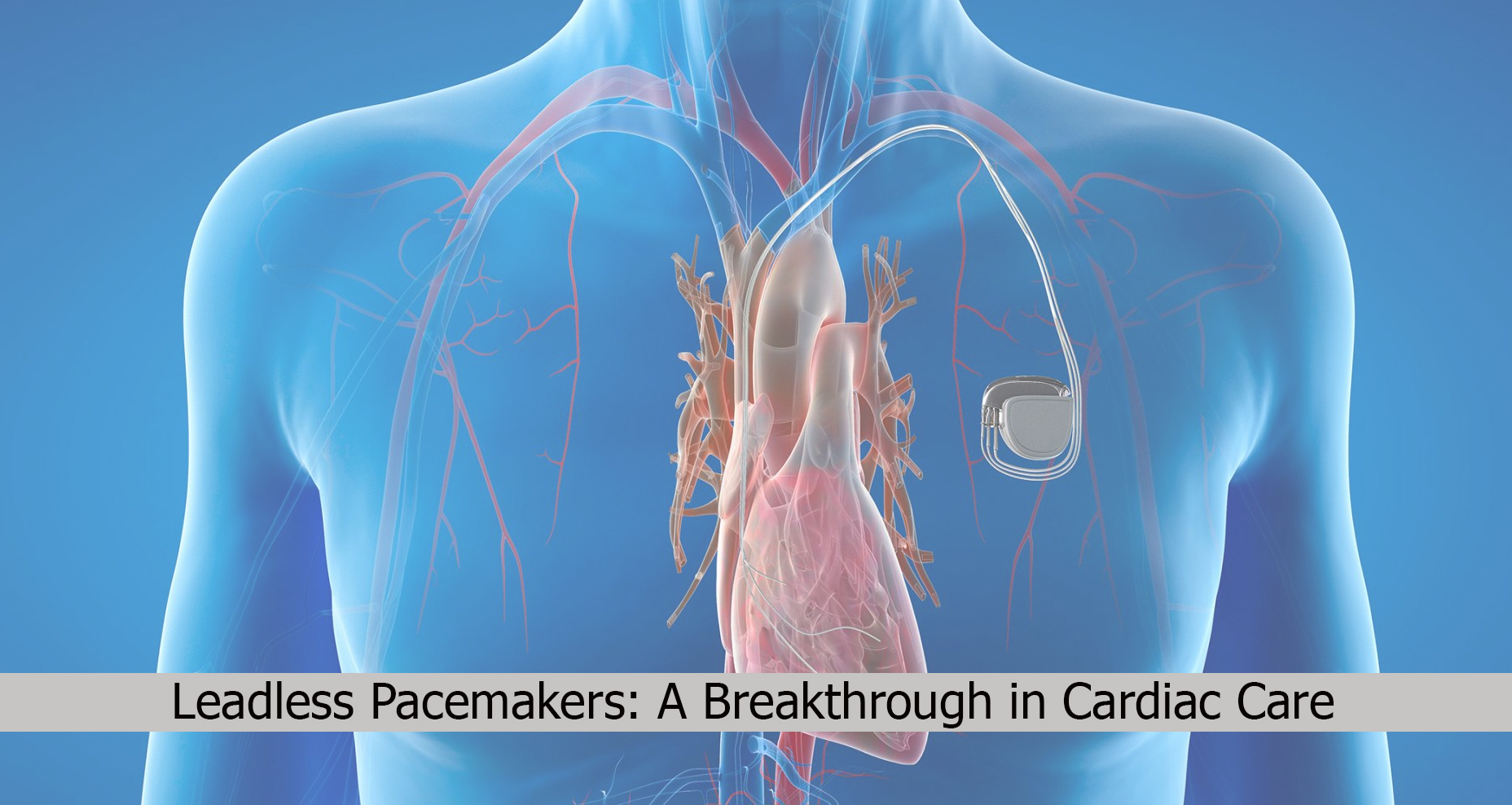
Easier Implantation, Fewer Complications: How Leadless Pacemakers Are Enhancing Heart Care
Pacemakers are recommended for heart patients with slowed heartbeats or bradycardia. Conventional pacemakers electronic implantable devices (EIDs), have two parts: a generator and leads (wires). They come in various types, including single- chamber, dual-chamber, and biventricular pacemakers, tailored to specific needs.
In India, over 20,000 conventional pacemakers are implanted yearly, with the numbers increasing. "Despite advancements conventional pacemakers are still limited by lead dislodgements, misbehaviour over time and a small risk of device infections," warns Dr Soumen Devidutta .This can result in increased patient morbidity and rising health care costs.
Leadless pacemakers are a breakthrough alternative. Smaller than a bullet, they eliminate wires and surgical implantation. "In experienced hands, leadless pacemakers are easy to implant and placed inside the heart cavity via a procedure similar to angioplasty under local anaesthesia," he explains. The procedure is quick, taking 20-45 minutes, and leaves no scarring since it's done via catheter."
"Traditional pacemakers require a surgical pocket under the collarbone, which can, in rare cases, get infected," notes Dr Devidutta. In contrast, leadless pacemakers avoid such complications, reducing infections, bleeding, and lead malfunctions. These devices are MRI-safe and suitable for patients ineligible for conventional pace- makers. "They also offer better battery longevity lasting 12 to 15 years," he adds.
He highlights the improved quality of life with leadless pacemakers. "By combining the benefits of conventional pacemakers with easier implantation and fewer complications, this technology has emerged as a boon for suitable patients," he shares. However, he notes its high cost, rare risks of complications, and device migration during early implantation period.
"At Apollo Heart Institute, Hyderabad, we implant leadless pacemakers regularly delivering positive outcomes," says Dr Devidutta. He adds, "The facility provides seamless care, supported by a multidisciplinary team and advanced cardiac units."